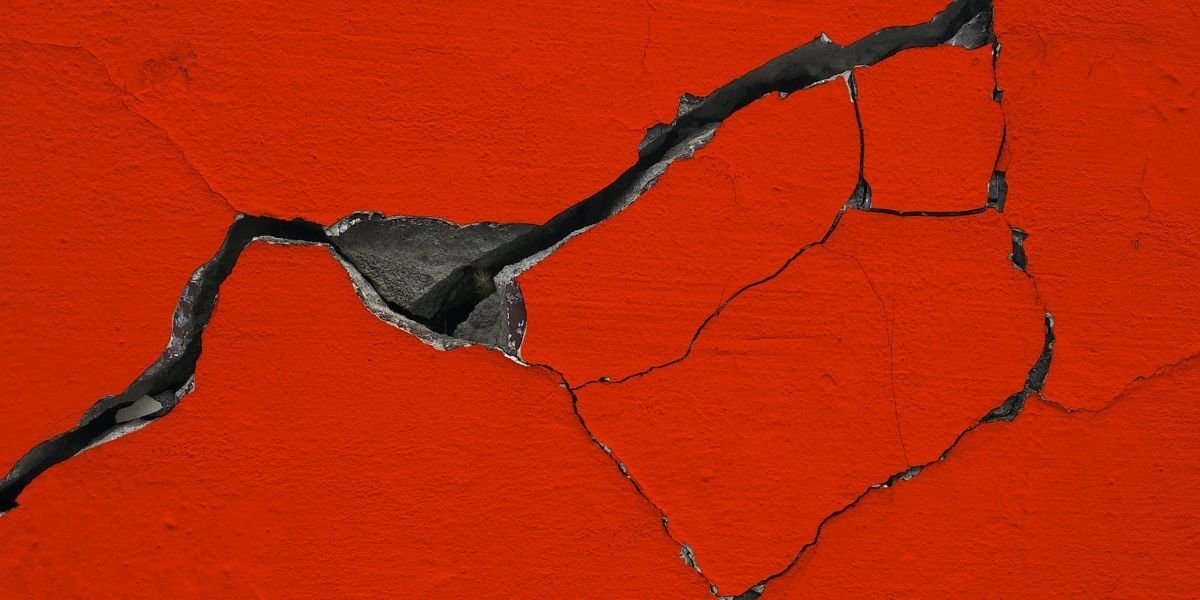Designing Out Defects: The Hidden Cost of the Building Envelope
Australia’s construction industry is under pressure. Defect claims are up. Insurance premiums are climbing. Developers, architects, and builders are being left exposed—not just financially, but reputationally.
The common thread across many of these issues? The building envelope.
From water ingress and membrane failure to air leakage, poor detailing, and inappropriate materials, facades are becoming flashpoints for conflict, risk, and rework. And with tightening codes, shrinking margins, and zero public tolerance for shortcuts, the game has changed.
Risk Isn’t Just a Site Issue—It Starts on the Page
Specifiers and designers are being called to lead from the front—long before the site is poured or scaffolded.
This is where 4D envelope thinking becomes critical. It’s no longer just about keeping the weather out—it’s about anticipating movement, moisture, condensation, and long-term performance.
That means:
- Choosing non-combustible, durable materials that meet National Construction Code compliance
- Understanding regional climate behaviour and selecting the correct weather barrier systems
- Ensuring adequate drainage, ventilation, and envelope tightness
- Prioritising lifecycle over lowest-cost
The truth is: many failures aren’t due to bad products—they’re due to bad detailing. And that’s a design issue.

Image: Ventilated rainscreen system
A Smarter Envelope, Not a Riskier One
The industry is shifting away from cost-first facade solutions to risk-aware systems that support long-term asset performance. Developers are asking more questions. Certifiers are drawing firmer lines. And clients are demanding warranties that mean something.
The next wave of projects will be defined by how they breathe, drain, and age.
The Challenge for Today’s Specifier
Still, resistance remains. “New” materials face skepticism. Value-engineering strips sustainability at tender. And not all councils enforce permeable surface quotas consistently.
Specifiers sit in the middle: balancing durability, compliance, environmental performance, and aesthetics—often within outdated procurement frameworks. And that’s where continuing education is critical.

Material Confidence Built In
Equitone’s fibre cement facade systems are purpose-built for compliance, performance, and long-term confidence. Certified non-combustible, robust in all climates, and supported by best-practice installation guidance, Equitone gives specifiers more control over both design intent and execution risk.
This isn’t about aesthetics alone—it’s about building envelopes that perform from day one, and for decades beyond.

Image: EQUITONE Inspira Graphicals Collection in Rust
From Compliance to Creativity: Rethinking Facade Systems
Join EQUITONE at ArcCPD Live on Day 1 to explore:
- How ventilated façade systems achieve compliance with NCC requirements
- The role of 4D design principles in preventing defects, condensation, and waterproofing issues
- Selecting the right weather barrier for each climate zone
- Sustainable façade solutions that balance design freedom with performance
🔗 Secure a spot at the EQUITONE's CPD session with ArcCPD Live
To learn more about Stoneset’s innovations in water-sensitive design and permeable paving, visit their official website.






